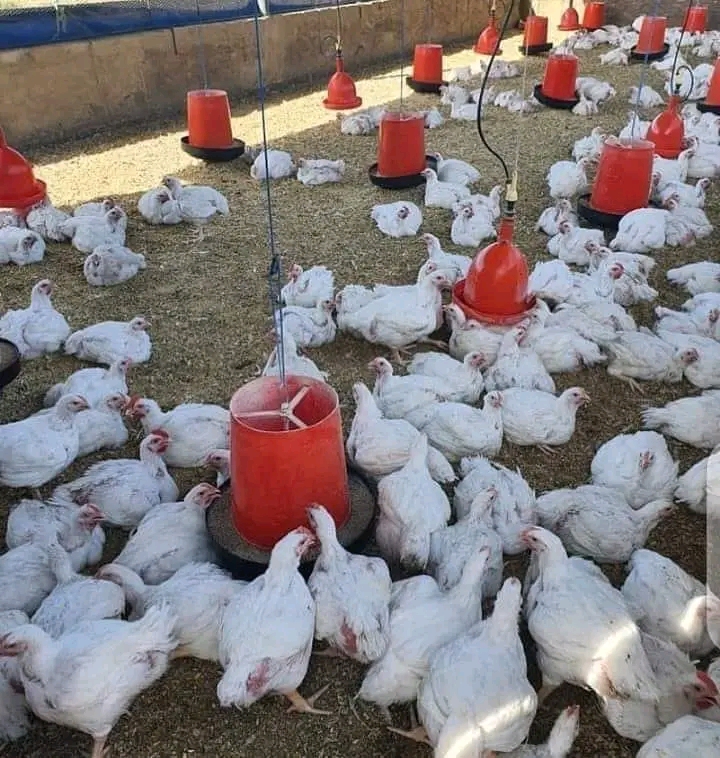You are a beginner in poultry entrepreneurship, let’s look at some basic rules that will allow you to succeed in your project.
GOOD BROILER CHICKEN FARMING TECHNIQUES
To succeed in your breeding project, you must:
- Respect density standards. Never overload the henhouse.
NB: It depends on the agroecological zone. - Eliminate stress, namely noise, extreme heat, humidity, cold.
- Avoid dirt in and around the henhouse as it encourages the introduction of germs into the farm.
- Limit the access of strangers and prevent that of other domestic animals.
- Be rigorous in cleaning and disinfection work.
- Observe a rest period for the premises of at least 15 days between 2 successive strips.
- Respect food and water distribution times.
- Avoid any interruption of food or water.
- Raising with chickens and of the same age: Try to avoid raising geese-ducks and other poultry on the same route. So it is best to minimize the risks and not mix poultry….
- Avoid wasting feed and water by chickens.
- Monitor chicken behavior closely. On the health front: 1- Rigorously apply the prophylaxis program recommended by the Veterinarian from your day old vendor (administration of vaccines, antibiotic, antiparasitic and anticoccidial products against diseases present in the farm); 2- Inform the Veterinarian or poultry experts as soon as the chicks are unwell; 3- During the first 10 to 15 days the daily mortality rate must not exceed 0.5%, otherwise ask the chick supplier for explanations and call the Veterinarian or poultry experts. Other elements: 1- Growth control: Weight gain control allows growth to be estimated and compared to the standard in order to detect anomalies and adapt breeding management. The first weighing is carried out when the chicks arrive, the second at 10 days, the third at 15 days and every 5 to 7 days thereafter. 2- Sorting: This operation must begin 3weeks but it is necessary to carry out careful sorting around 30th day because the lame, the rickety and the poorly formed are reservoirs and developers of potentially pathogenic microbes for other chickens. . 3- Removal of chickens: This step is very important because poor handling when collecting chickens is the cause of downgrading at the slaughterhouse: scratches, bruises, fractures to the wings and legs.

1 total views , 1 views today
Related News 
LATEST NEWS
The leader of an attempted coup on Sunday...
A superb second-half strike from Facundo Colidio earned River Plate...
Peter Obi has expressed continued trend of pres. Tinubu poor...





